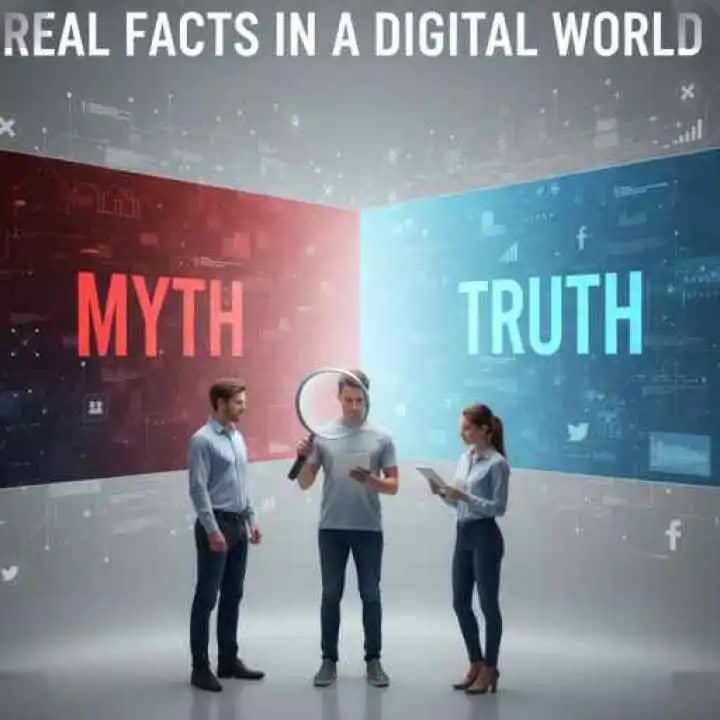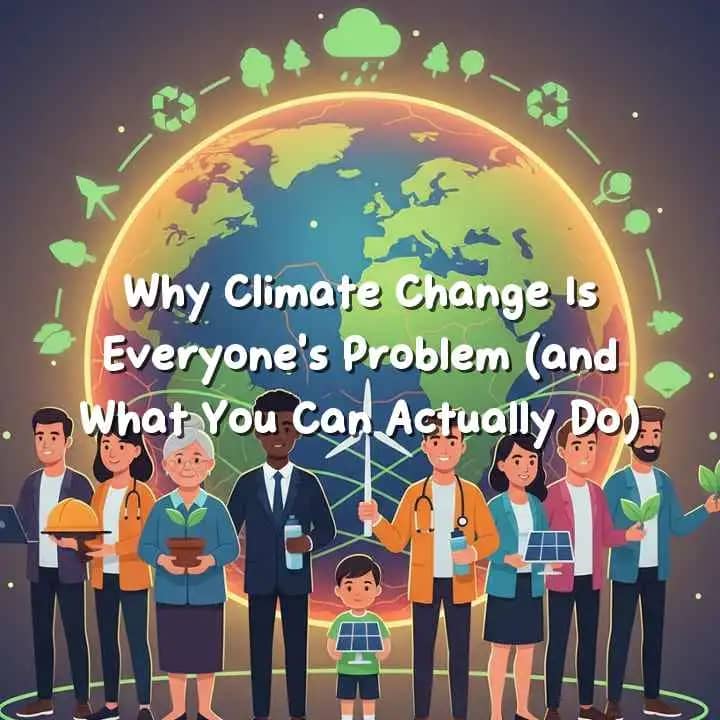
The Rise of Youth-Led Political Movements in the U.S.
Digital Influence and Lasting Impact of Young Activists
In recent years, the United States' political landscape has undergone a transformative shift, largely driven by youth-led political movements. These movements, spearheaded by young activists, have reshaped public discourse, leveraging social media, digital campaigns, and grassroots organizing to influence policy and cultural narratives. Understanding this phenomenon requires a comprehensive analysis of its origins, strategies, controversies, and enduring impact on U.S. politics.
Origins of Youth Political Activism in America
The history of youth activism in the United States is deeply rooted in social and political upheavals. From the Civil Rights Movement of the 1960s to anti-Vietnam War protests, young people have consistently played a pivotal role in advocating for change. Modern youth-led movements inherit this legacy but utilize digital technology to amplify their reach, engage diverse audiences, and mobilize supporters at unprecedented speeds.
Social media platforms such as Twitter, Instagram, and TikTok have allowed young activists to bypass traditional media channels. This enables them to communicate directly with followers, rapidly disseminate information, and galvanize large-scale participation in political campaigns, protests, and advocacy initiatives.
Key Characteristics of Contemporary Youth Movements
Modern youth-led political movements are distinguished by several key characteristics:
-
- Digital-First Strategy: Movements rely heavily on online platforms to organize, recruit, and educate. Hashtags, viral videos, and interactive campaigns are central to their digital strategy.
- Issue-Centric Approach: Youth movements focus on specific issues, including climate change, gun control, racial justice, and education reform.
- Decentralized Leadership: Many adopt a horizontal leadership structure, promoting inclusivity and collaborative decision-making.
- Rapid Mobilization: Social media enables instant mobilization, allowing supporters to respond to events and news in real time.
These elements create a new paradigm in political activism, emphasizing speed, accessibility, and widespread participation.
Prominent Youth Movements and Their Strategies
March for Our Lives
Following the tragic school shooting at Marjory Stoneman Douglas High School, students organized March for Our Lives, advocating for stricter gun control laws. Using social media campaigns, live-streamed rallies, and partnerships with influential figures, the movement quickly gained national recognition and influenced legislative discussions.
Sunrise Movement
Focused on combating climate change, the Sunrise Movement mobilizes young people across the U.S. to demand progressive environmental policies. Through coordinated digital campaigns, town halls, and advocacy training, Sunrise has successfully pressured lawmakers to support initiatives such as the Green New Deal.
Black Lives Matter (Youth-Led Chapters)
While Black Lives Matter encompasses a broad demographic, youth-led chapters have been particularly effective in driving local initiatives, protests, and online campaigns. They utilize social media to document incidents of racial injustice, engage in community education, and advocate for systemic reforms.
The Role of Social Media in Amplifying Youth Activism
Social media serves as both a tool and a platform for youth activism. Platforms like TikTok, Instagram Reels, and Twitter Spaces enable activists to create compelling narratives, share personal stories, and mobilize supporters globally. Digital campaigns often employ:
-
- Hashtag Activism: Strategic use of hashtags like #MarchForOurLives or #ClimateStrike to increase visibility.
- Viral Challenges and Campaigns: Creative content that encourages user participation and widespread sharing.
- Live Engagement: Streaming protests, Q&A sessions, and educational content to engage audiences directly.
The digital-first approach amplifies messages and democratizes participation, allowing young individuals from diverse backgrounds to contribute meaningfully.
Controversies and Challenges
Despite success, youth-led movements face criticism. Detractors question the experience and expertise of young activists, alleging emotional appeals overshadow policy solutions. Online activism can also lead to performative engagement, where participants support causes superficially.
Challenges include online harassment and misinformation, which disproportionately affect young activists. Coordinating digital security, fact-checking, and crisis management has become essential for sustaining these movements.
Enduring Impact on U.S. Politics
The influence of youth-led political movements extends beyond immediate campaigns and protests:
-
- Redefining Political Engagement: Encouraging more Americans, particularly younger generations, to participate in elections and grassroots advocacy.
- Shaping Policy Agendas: Highlighting critical issues like climate change, gun control, and social justice, influencing local and federal legislation.
- Transforming Media Narratives: Compelling mainstream media to cover youth activism and integrate digital campaigns into traditional reporting.
- Inspiring Global Activism: Serving as models for youth-led initiatives worldwide, from environmental advocacy in Europe to human rights campaigns in Asia.
The enduring impact is evident in how political parties, advocacy groups, and media organizations increasingly engage with young activists and their networks.
Future Prospects of Youth-Led Political Movements
Youth-led movements are likely to expand influence through technological innovation, including AI-driven advocacy, enhanced data analytics, and interactive online platforms. As political issues grow more complex, movements may adopt hybrid strategies combining online engagement with traditional lobbying, coalition-building, and electoral participation.
The future of American politics increasingly depends on balancing digital influence with actionable change, ensuring efforts translate into lasting policy outcomes and societal impact.
FAQ: Youth-Led Political Movements
Q1: What defines a youth-led political movement?
A youth-led political movement is an organized effort primarily driven by young activists aiming to influence social, political, or environmental issues through collective action and advocacy.
Q2: How do youth movements use social media effectively?
They leverage hashtags, viral campaigns, live streaming, and interactive content to amplify messages, mobilize supporters, and create real-time engagement with audiences.
Q3: Are youth-led movements influential in policy making?
Yes, movements such as March for Our Lives and Sunrise have influenced legislative discussions and helped shape public opinion on issues like gun control and climate change.
Q4: What challenges do young activists face?
Challenges include online harassment, misinformation, skepticism about their expertise, and the risk of performative activism that does not translate to real-world action.
Q5: Can youth movements impact national elections?
Absolutely. By mobilizing young voters, raising awareness of key issues, and participating in advocacy campaigns, youth movements can indirectly shape electoral outcomes.
How-To Guide: Starting a Youth-Led Political Movement
-
- Identify a Clear Issue: Focus on a specific cause that resonates with your peers, such as environmental reform, social justice, or education policy.
- Build a Digital Presence: Create social media accounts, develop a content strategy, and engage with followers regularly.
- Form a Core Team: Assemble passionate individuals who can help with strategy, communication, and outreach.
- Mobilize and Educate: Use online campaigns, webinars, and workshops to inform your community and encourage participation.
- Collaborate with Allies: Partner with like-minded organizations, influencers, and experts to expand reach and credibility.
- Monitor and Adapt: Track engagement metrics, gather feedback, and refine strategies to maximize impact and visibility.
The rise of youth-led political movements in the United States signifies a new era of civic engagement, combining digital innovation, decentralized leadership, and issue-focused advocacy to reshape public discourse and political participation.
Related article: The Contribution of Muslims in the Building and Progress of India





